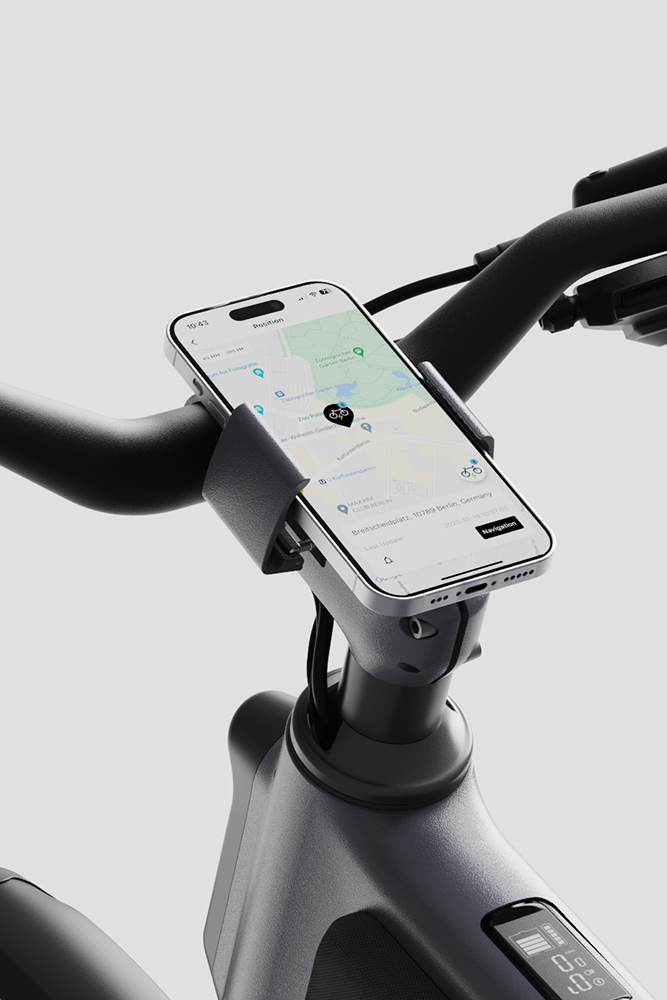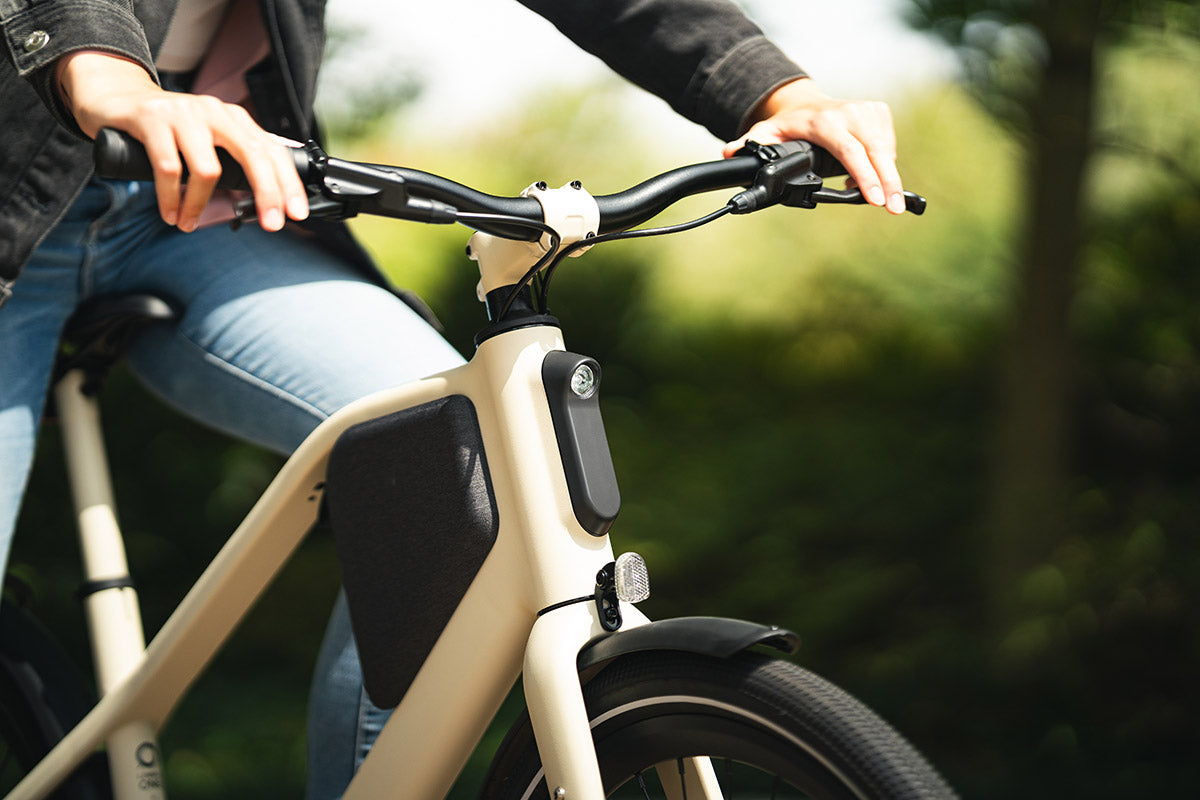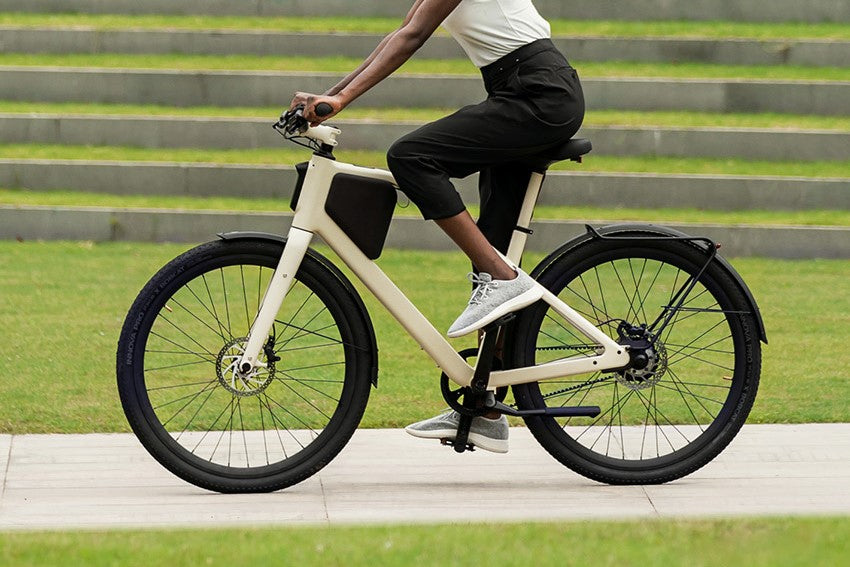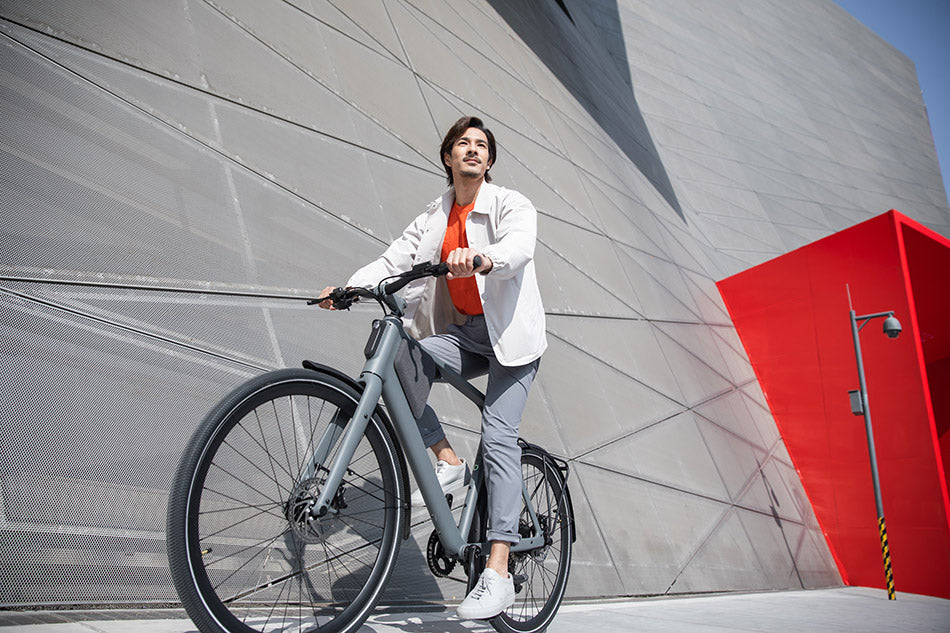Torque - The heart of e-bikes and its significant influence on the riding experience. Our aim is to explain the essence of torque, clarify its importance and highlight the optimal motor performance for riders.
What is torque on e-bikes?
E-bike torque, measured in Newton meters (Nm), refers to the rotational force that the motor exerts on the bike's wheel. This force plays a decisive role in how the bike accelerates and climbs hills. Unlike traditional bicycles, where the force depends solely on the rider's effort, e-bikes use electric motors to amplify this force and thus improve performance.
Factors that influence the torque of e-bikes
The torque of an e-bike is influenced by several key factors:
- Motor design and efficiency: the way an electric motor is designed, including its efficiency in converting electrical energy into mechanical energy, plays a significant role in determining torque. Motors that are more efficient in this conversion process can produce more torque, providing stronger and more responsive acceleration.
- Bike weight: The overall weight of the bike also affects its torque. Heavier bikes require more torque to achieve the same level of acceleration as lighter bikes. This means that the motor has to work harder to move the bike forward, especially when starting from a standstill or riding uphill.
- Battery voltage: The voltage of the e-bike's battery is directly related to the potential power of the motor. A higher voltage usually allows for greater torque as it can provide more electrical energy to the motor, improving its ability to generate mechanical power.
- Transmission ratios: The configuration of the gear ratios in the bike's drivetrain can significantly affect how effectively torque is applied to the wheels. A well-optimized gear ratio can maximize the torque available for acceleration and hill climbing, making the ride smoother and less strenuous for the cyclist.
Motor power levels for e-bikes
E-bikes are available with different motor power levels, each suitable for different riding conditions and preferences:
Low power e-bikes (<=250W)
Low-power e-bikes, with motors up to 250 watts, are designed for flat terrain and light use. They provide smooth assistance for riders, making them ideal for occasional commuting or leisurely rides. These bikes balance efficiency with sufficient power for everyday use without overtaxing the rider.
Mid-power e-bikes (251-500W)
Mid-range e-bikes, with motors between 251 and 500 watts, are aimed at those looking for more versatility. They offer enough power for moderate hills and longer distances, striking a balance between performance and ease of use. This range is popular with regular commuters and enthusiasts who demand a little more from their rides.
High power e-bikes (501W+)
High power e-bikes, equipped with motors that exceed 501 watts, are tailor-made for the most demanding conditions. They excel in steep terrain and intensive use, offering unparalleled acceleration and hill climbing capabilities. However, with high power comes a reduction in battery range, making them suitable for specialized or recreational use.
How to choose the right motor power
Choosing the optimal motor power for an e-bike requires consideration of various factors:
Riding terrain and hills
The nature of your usual riding terrain is probably the most critical factor in this decision-making process. If your daily commutes or leisurely rides are mostly on flat and smooth terrain, low to medium power (up to 500W) e-bikes should suffice. These bikes provide a comfortable level of assistance that improves your ride without overburdening you with unnecessary power.
Conversely, the robustness of high power (501W and above) e-bikes becomes essential if you are looking for adventure in hilly or rugged landscapes. These models are designed to tackle steep climbs and challenging terrain with ease, ensuring your ride remains smooth and enjoyable regardless of the climbs ahead.
Weight and fitness level of the rider
Personal factors, such as the rider's weight and general fitness level, also play a crucial role. Heavier individuals or those who prefer an easier, less physically demanding riding experience may find that higher-powered e-bikes provide the extra support needed to comfortably tackle different terrains. These bikes can compensate for extra weight or lower fitness levels, making rides less strenuous and more enjoyable.
Speed and acceleration needs
Your preference for speed and how fast you want to accelerate is another important consideration. Riders who prioritize fast acceleration and high speeds may lean towards e-bikes with higher motor power. Although these models can significantly increase the dynamics of your ride, it's important to remember that they also use up battery power more quickly. This trade-off between speed and battery life is especially important to consider if you are planning long rides or have limited recharging options.
Riding style and experience
Your riding style and experience should not be overlooked. Beginners or those new to e-biking might benefit from low-powered e-bikes that offer a gentler introduction to motorized cycling. These models can help new riders build confidence and skills without the intimidation of too much power too soon.
In contrast, experienced cyclists or those with a specific riding style might prefer the enhanced capabilities of medium to high-powered e-bikes. Whether it's the thrill of speed, the challenge of rough terrain or the need for more powerful assistance, these models can meet the needs of experienced riders.
Conclusion
To summarize, it is important to understand the concept of torque and motor power in e-bikes in order to choose a bike that suits your needs and preferences. With the continued growth of the e-bike market, informed riders have the opportunity to make choices that will enhance their riding experience and ensure satisfaction and performance on every ride.





